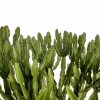Philodendron Squamiferum Benefits
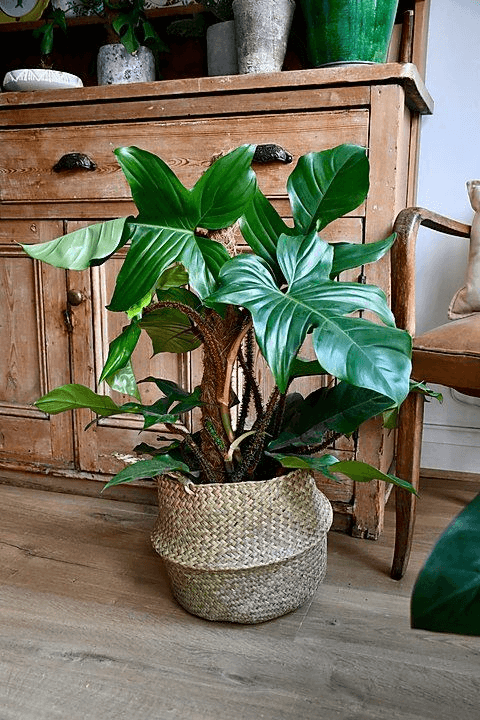
Image Source: Pinterest.com
Thank you for reading this post, don't forget to the best blogger Guy About Home who offers the best garden and home improvement tips! If you are a home decor and design fan, don't miss the tips on home ideas. If you are a home garden owner, then you might be interest in our complete guides to house plants!
Philodendron squamiferum, an aroid epiphyte, is a rare Philodendron variety distinguished by its red hairs that cover its stems. It has glossy oak-shaped leaves with multiple lobes. The color of the leaves can range from medium green to dark green. Tropical plants can be a great addition to your indoor space, especially if they are allowed to lean against a wall or given a trellis to hang on to. In this care guide, this explains how philo squamiferum care below.
Philodendron Squamiferum Information & Facts
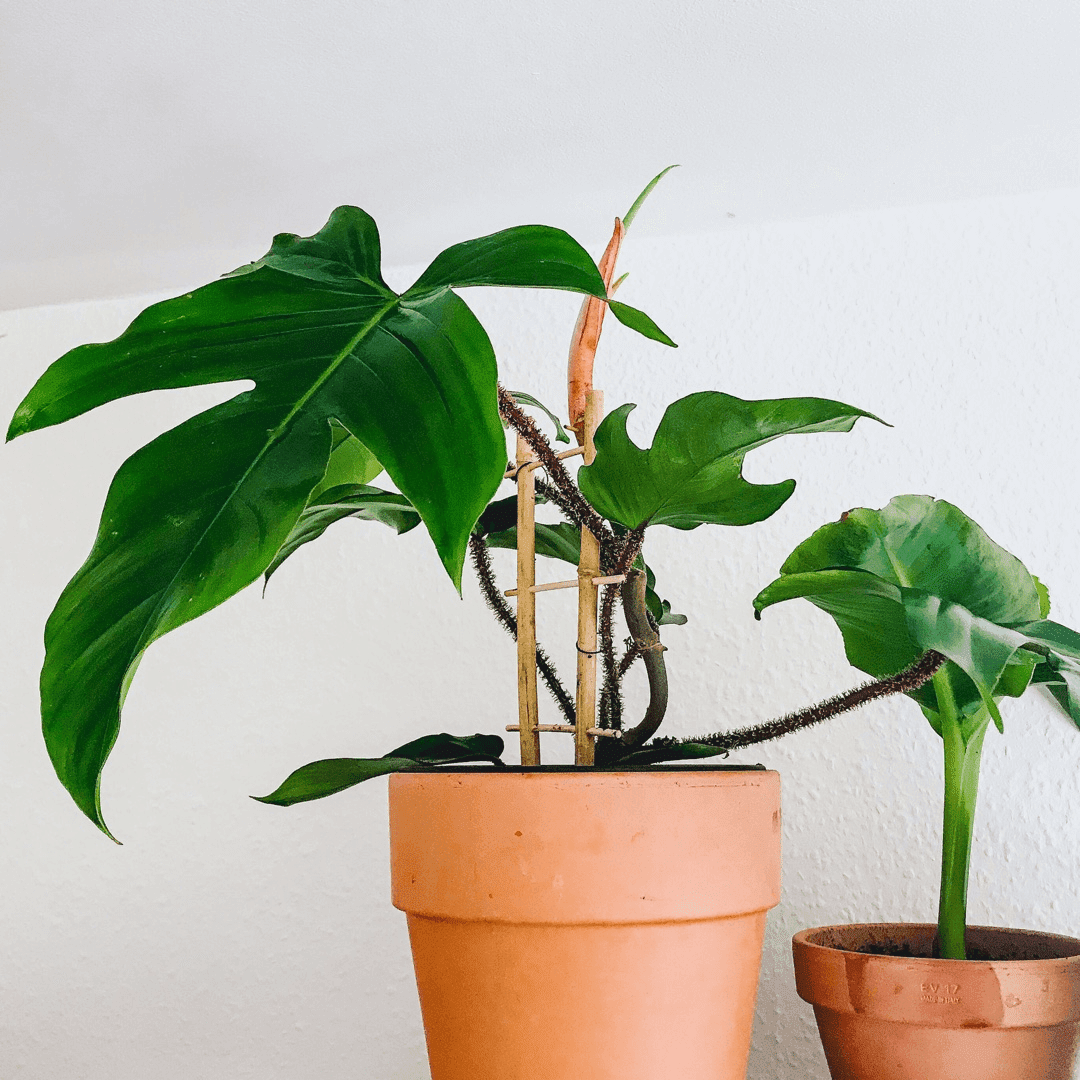
Image Source: Garden Tags
Genus :Philodendron
Common name:Hairy Philodendron
Plant type:Family Araceae
Origin:Northern Brazil and French Guiana
The Philodendron squamiferum is a plant native to northern Brazil and French Guiana and is uncommon and relatively rare in the wild. The crimson stalks covered in tiny bristles that serve as its defining characteristic have turned it into a prized houseplant for all Aroids collectors.
Philodendron Squamiferum vc Other Philodendron Varieties
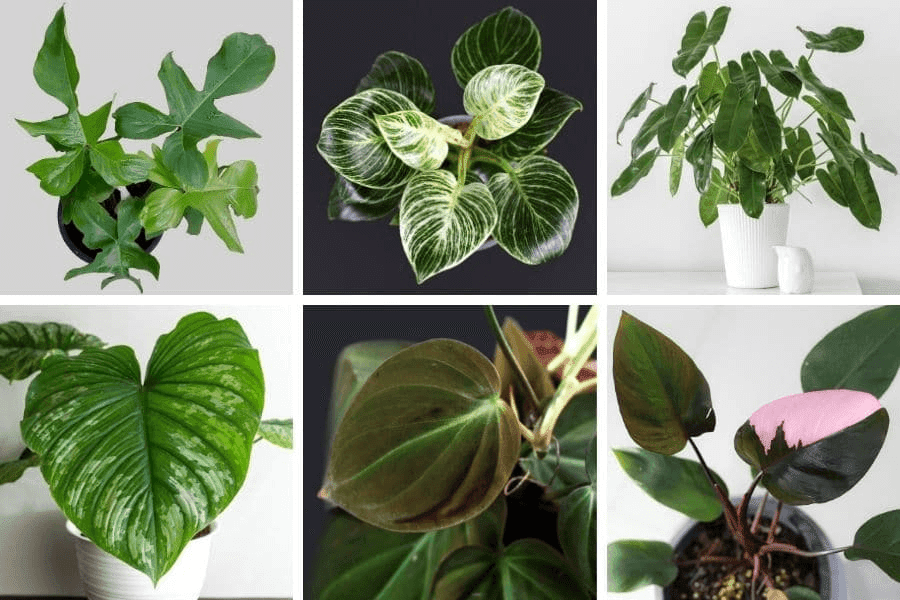
Image Source: Smart Garden Guide
Red-stemmed climbers Philodendron Squamiferums are aroids. Its silky, tiny-haired stems give it its name and distinguish it from other Philodendrons. Philodendron Emerald Scarlet’s red stem enhances your garden.
Philodendron Squamicaule vs Serpens
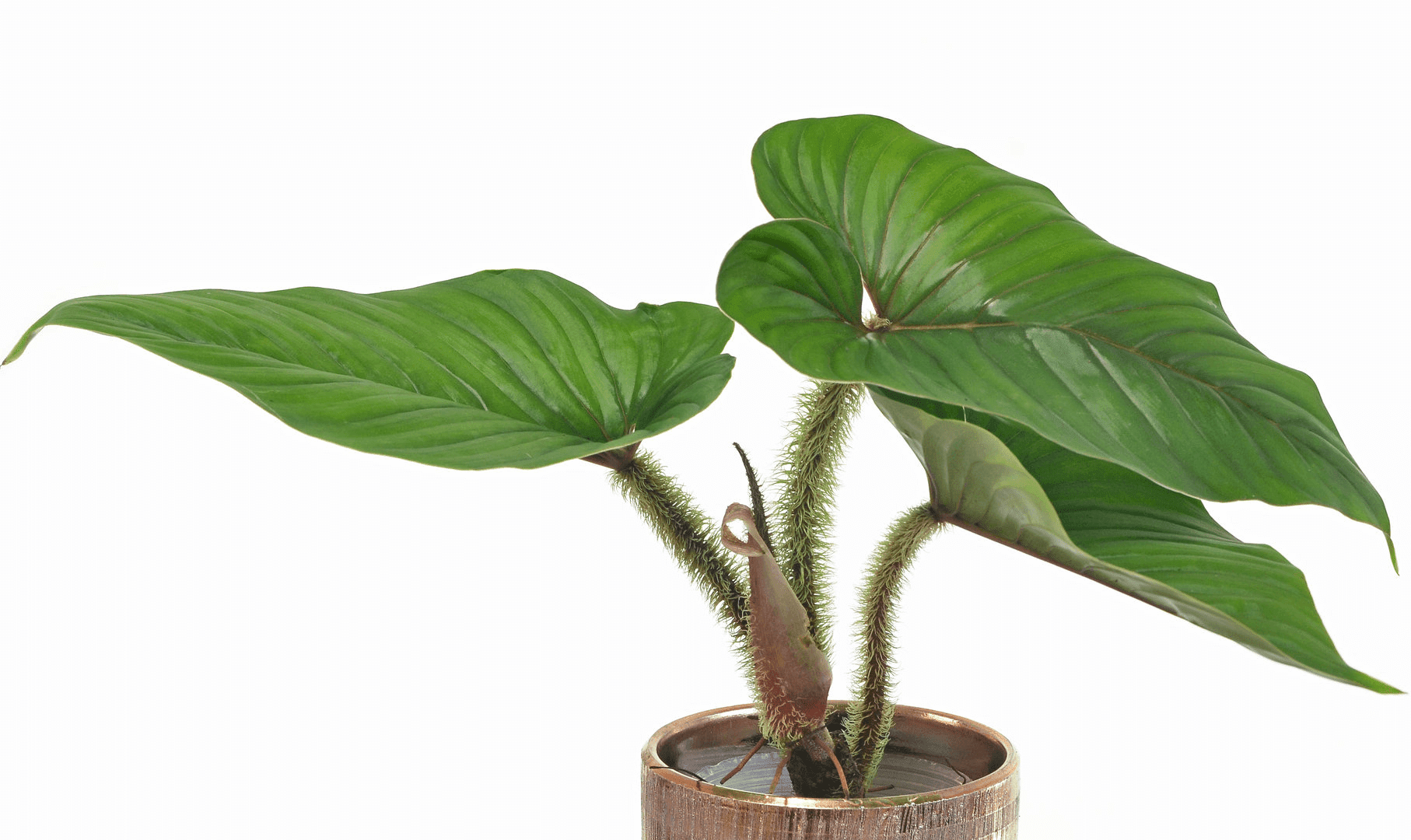
Image Source: Ecuagenera
P. squamicaule have petioles, spathe, and posterior rib hairs. Hairless lateral veins reach the boundary. P. Serpens spathes with green/ red petioles and hairless peduncles. Hairless lateral veins curve outward.
Philodendron Squamiferum vs Pedatum
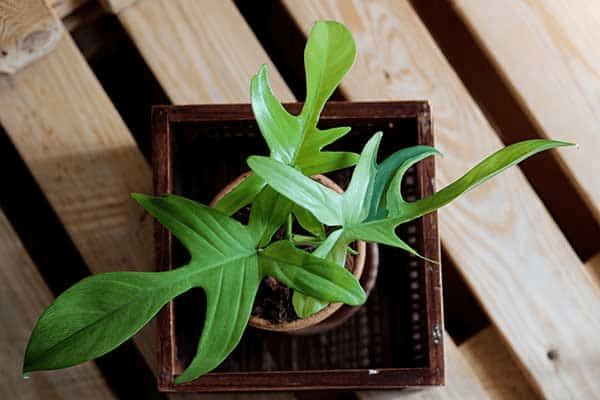
Image Source: Greenery Guide
Aroid houseplant Philodendron pedatum climbs. Green, multi-lobed oak-shaped leaves grow on crimson to purple petioles. Philodendron squamiferum is a rare houseplant with five-lobed dark green leaves and a reddish petiole.
Philodendron Squamicaule vs Squamiferum
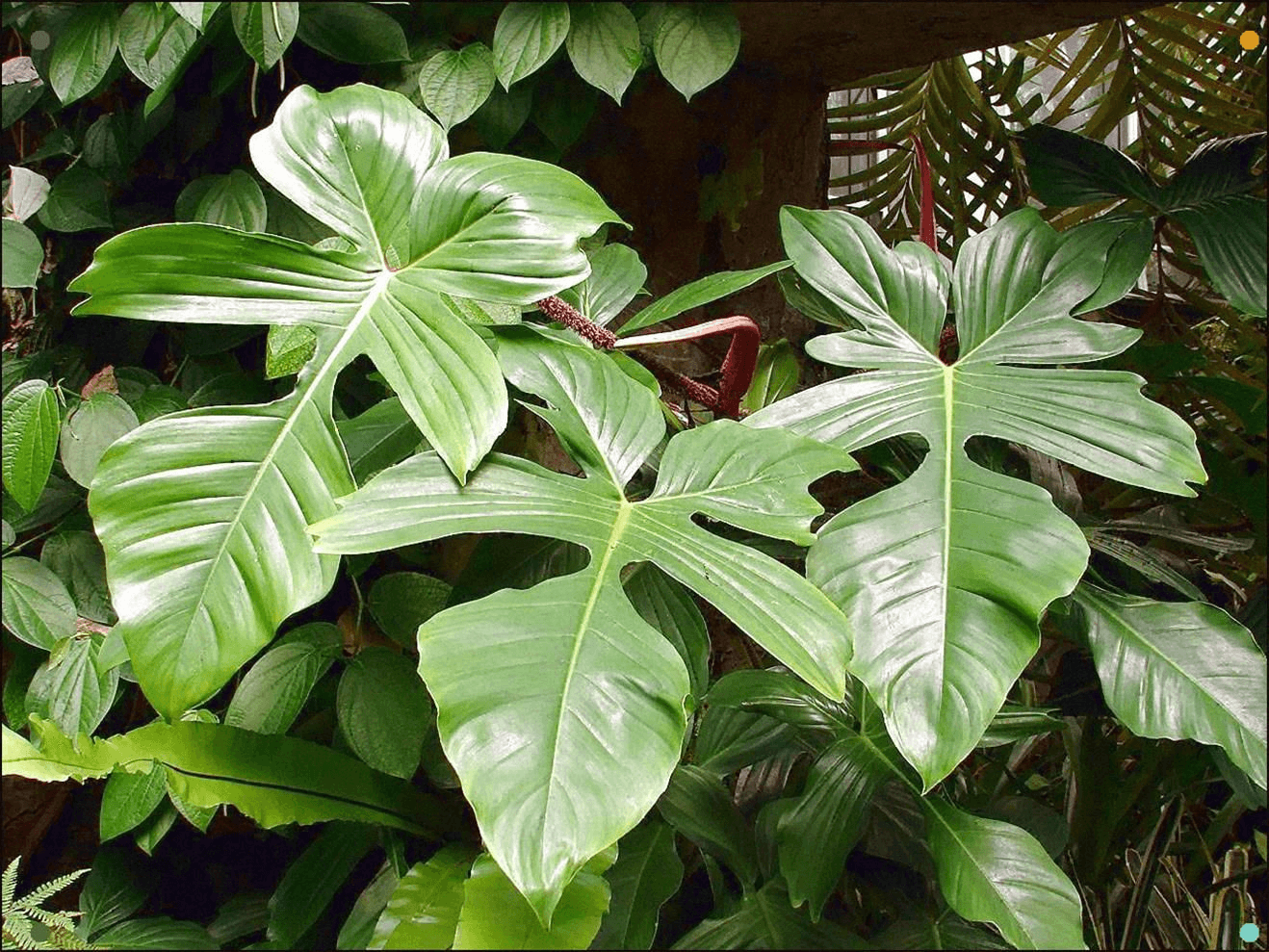
Image Source: PlantHelp.me
While Philodendron squamiferum has five-lobed leaves, with two base lobes, two middle, and one anterior lobe, P. squamicaule has oval-triangular leaves with a sagittate to heart-shaped base.
Philodendron Squamiferum vs Florida
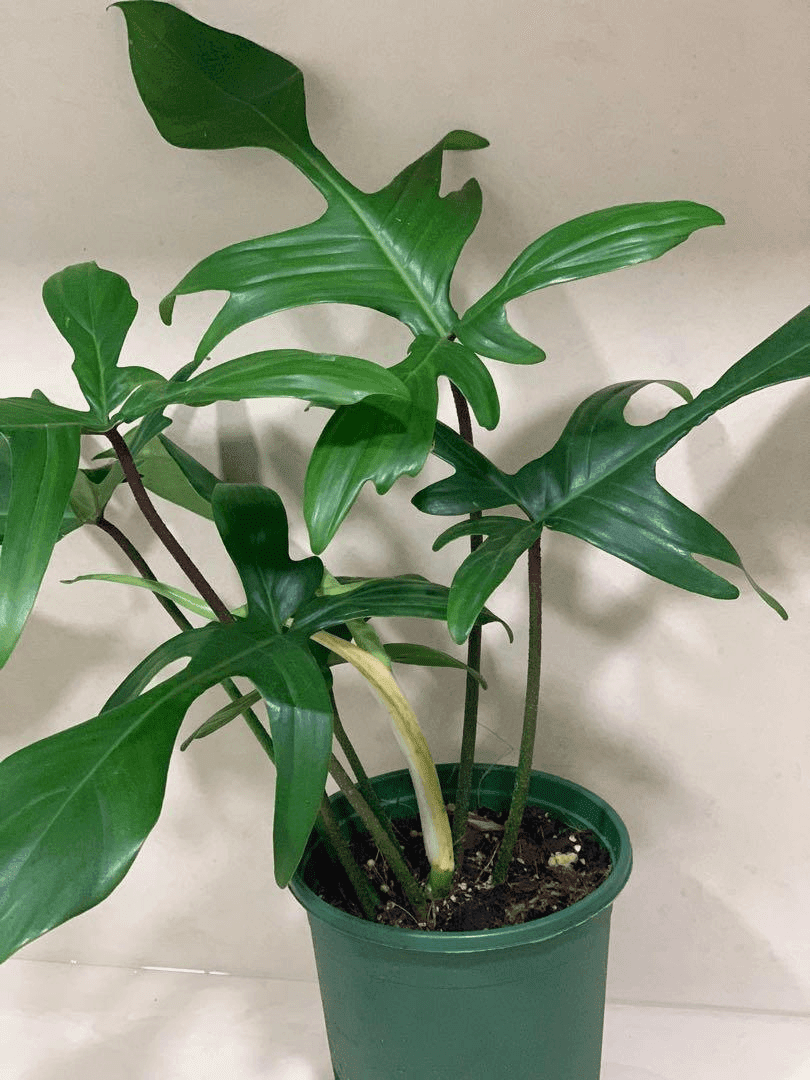
Image Source: Carousell
Philodendron squamiferum has red, hairy stems and green to dark green foliage when mature. Philodendron Florida ghost, a hybrid of squamiferum and pedatum, has evergreen leaves.
My philodendron squamiferum care guide
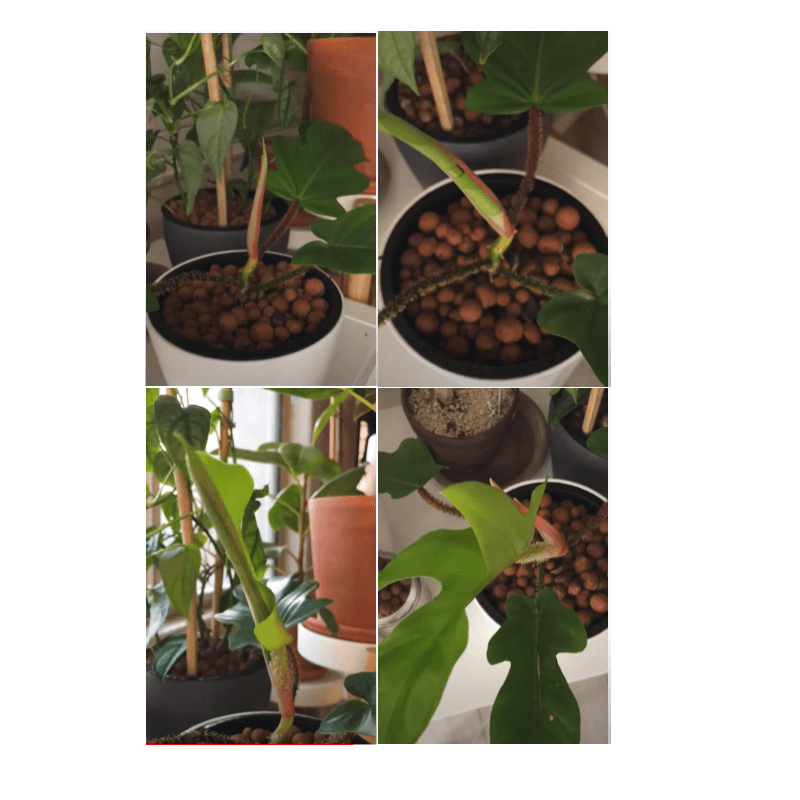
Image Source: Youtube.com
Purchasing and caring for philodendron squamiferum can be tricky at the start for you need to mimic its natural habitat and make sure it has the proper humidity, temperature and nutrients that it needs to grow. Before purchasing make sure that you already have a perfect place to put it. For the first months monitor it closely so you can have an idea as to what and when to water them, if they are in the right location with the proper sunlight and humidity. When it thrive it will look and grow like they are in the rainforest so you might want to do growth control by trimming and this will also give you an opportunity and propagate. In propagating you still want to do the basic method in growing them to make sure that they grow into a healthy plant.
Philodendron Squamiferum Mature: Things To Know
Is philodendron squamiferum rare?
Fantastic, rare species of Philodendron squamiferum are found in South American tropical rainforests. Its tall, crimson stems covered in soft, fuzzy red hairs make the vine distinctive.
Not confident in planting an indoor plant? Why not getting power from our inspiring indoor plants quotes?
Is philodendron squamiferum toxic?
Philodendrons have calcium oxalate crystals that are insoluble. Children and curious animals who put plant material in their mouths will feel a very unpleasant burning sensation.
Is philodendron squamiferum a climber?
Philodendron squamiferum and other climbing varieties are well-liked hanging basket plants. Along the length of their stems, they generate rootlets that aid in their ascent.
Is philodendron squamiferum a fast grower?
Philodendron Squamiferum is a slow-growing plant with few nutritional requirements. It is simple to manage cause it only has to be fed a few times a year.
How big and tall can philodendron squamiferum grow?
As a houseplant, the Philodendron Squamiferum reaches heights of 15 inches and widths of 18 inches.
Does philodendron squamiferum need a moss pole?
The plant must be supported by a bamboo pole, moss pole, trellis, or other similar structures to achieve a good height.
Philodendron Squamiferum Care
No worries! Though you might encounter the difficulties when learning how to care such an plant as a new plant caring starter, we got the most popular plant lover quotes that can partner with you and you are going to succeed in plant care and grow.
Philodendron Squamiferum Light
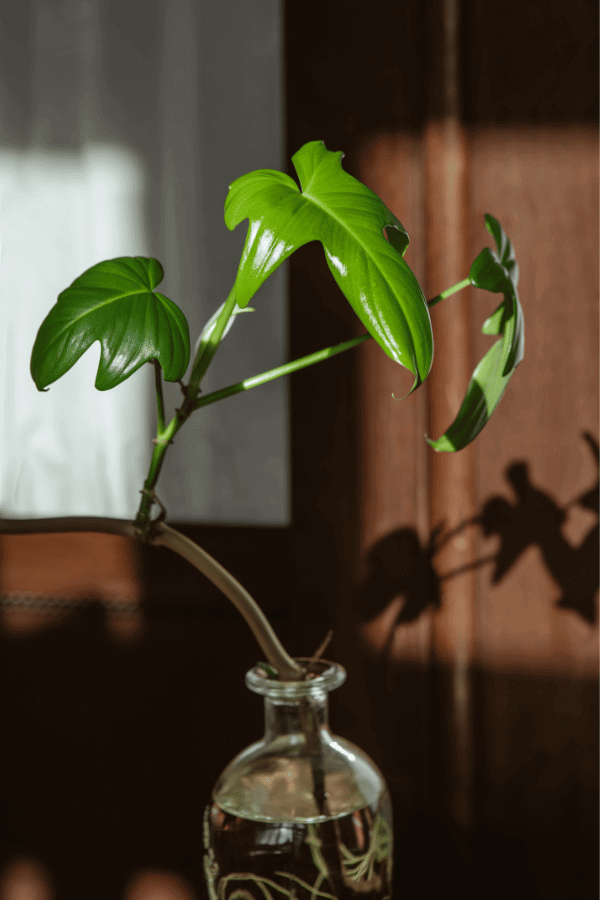
Image Source: Plant Informer
Squamiferum Philodendron prefers bright indirect light for 6 to 8 hours per day. This plant does well when placed close to an east/west-facing window. Older leaves naturally yellow. If you notice several yellow leaves at once, this could be an indication that the plant is receiving too much sunlight.
Philodendron Squamiferum Soil
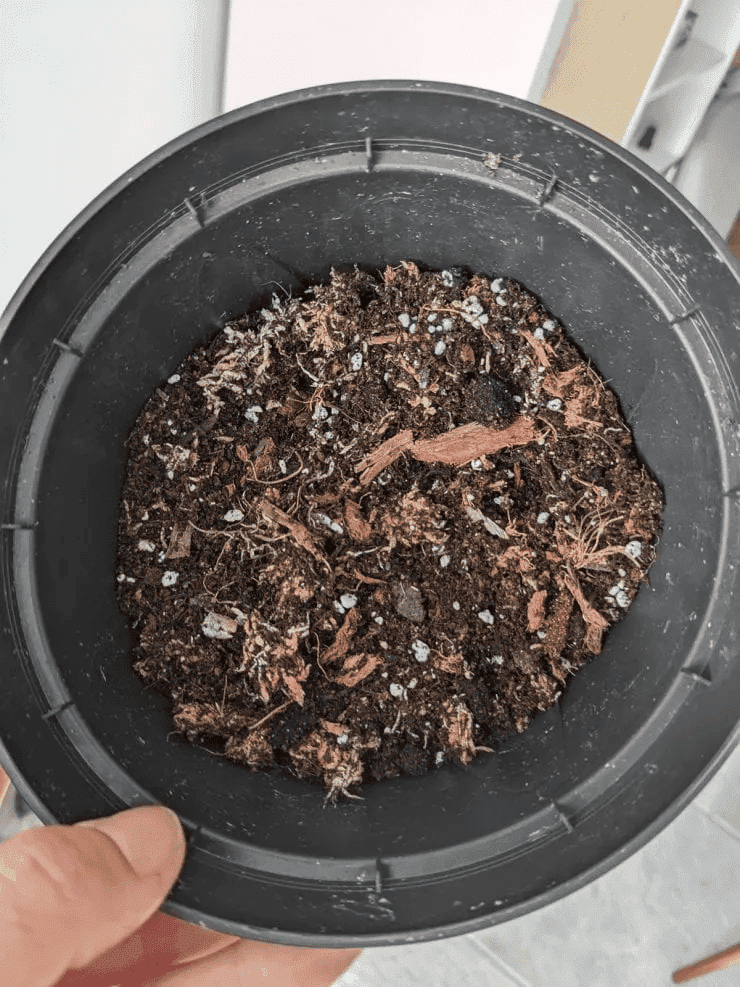
Image Source: Brittany Goldwyn
Soil structure not only affects roots’ ability to grow and supply water and nutrients to leaves; if adverse, it also induces them to send hormonal signals that slow shoot growth, even if they are currently able to take up adequate water and nutrients.
Philodendron Squamiferum Fertilizer
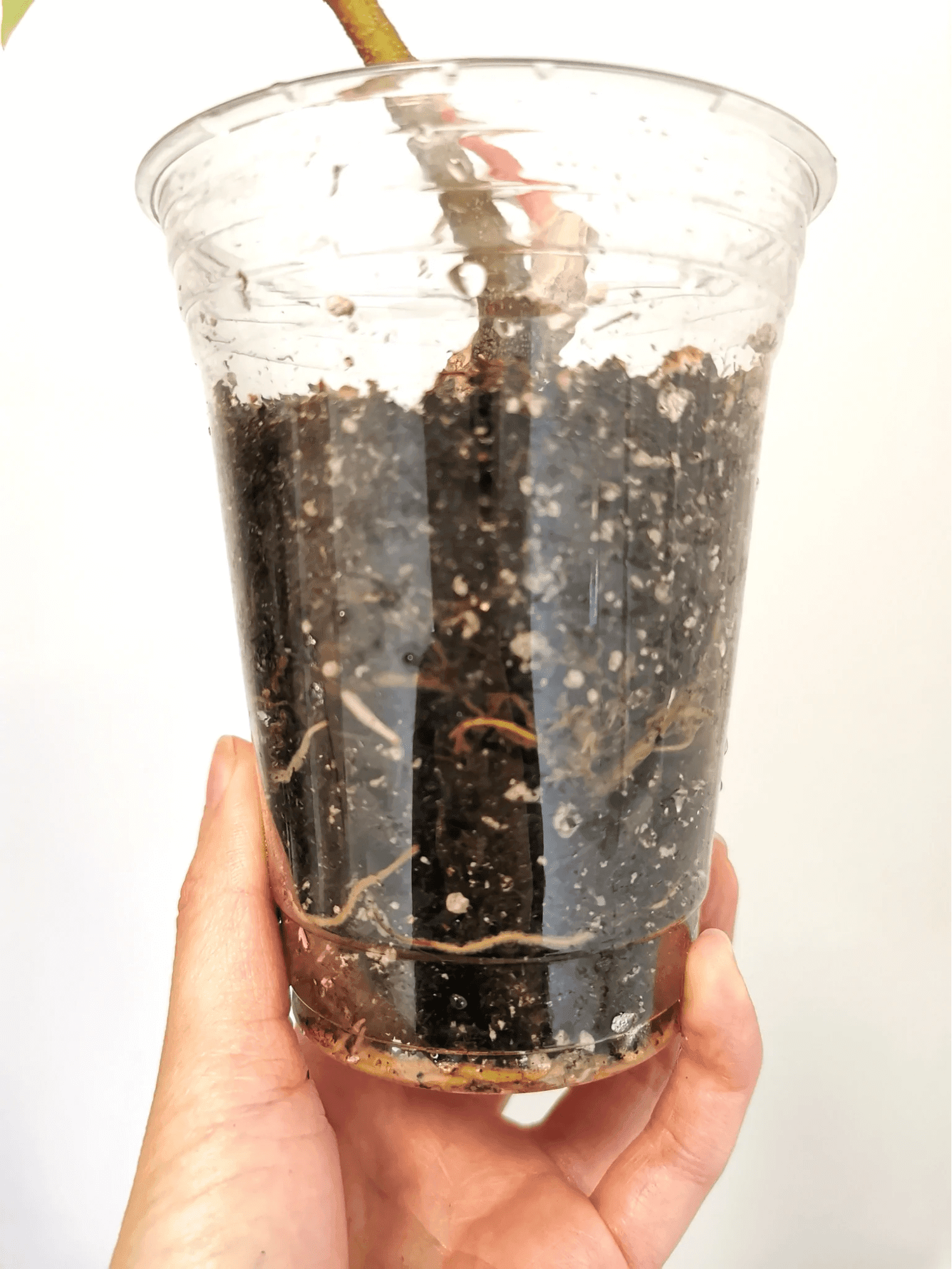
Image Source: Blake Leah’s Garden
In the spring/summer, fertilize your philodendron once a month. This is when your plant grows the most. Feeding should be reduced every 6 to 8 weeks in the fall and winter. Another good rule of thumb is to look at the leaves to see when it’s time to feed more.
Philodendron Squamiferum Potting and Repotting
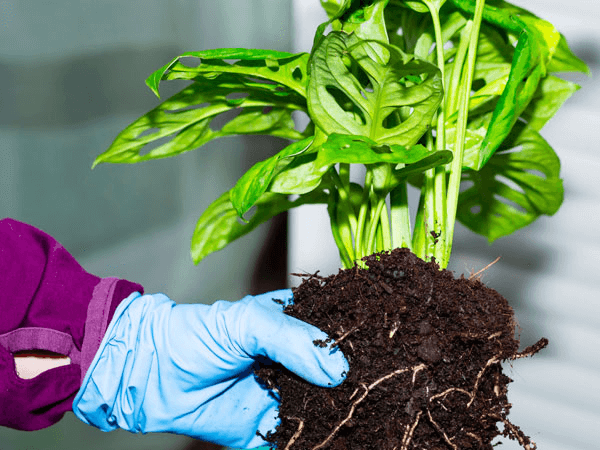
Image Source: Plant Index
Repotting a philodendron can be difficult because these plants require nutrient-rich but well-draining soil. Make your own soil by combining sphagnum moss, coco coir, and perlite in equal parts. Potting soil with orchid bark works well as well. Keep the pH of the soil between 5.1 and 6.
Philodendron Squamiferum Temperature and Humidity

Image Source: Happy DIY Home
Majority of philodendrons prefer high humidity levels of 60-70%. If the humidity drops below 50%, your plant may begin to wilt. However, if the humidity level rises above 80%, your plant may begin to yellow/brown its leaves. Philodendron can tolerate normal indoor humidity, but higher humidity promotes larger leaves.
Philodendron Squamiferum Pruning
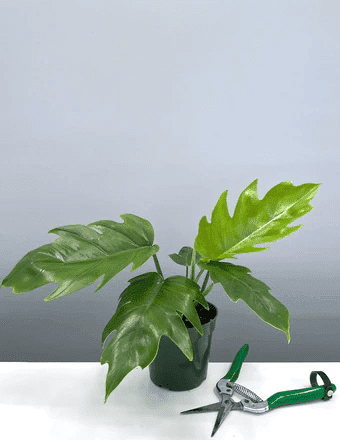
Image Source: Plant Proper
Pruning is not required for Philodendron squamiferum. After a size control prune, you have a stem cutting that you can use. It can simply be inserted into a different planter filled with aroid soil. They’ll grow just fine as long as they have one/two root nodes.
Philodendron Squamiferum Propagation
philodendron squamiferum water propagation
![Philodendron Mayoi [Complete Care Guide] Philodendron Mayoi [Complete Care Guide]](https://www.guyabouthome.com/wp-content/uploads/2022/11/philodendron-mayoi-complete-care-guide.png)
Image Source: Lya Solis
The first method for propagating philodendron cuttings is to place them in a clean jar of water. Verify that the nodes are entirely submerged. After that, place your cuttings in an indirect light. Change the water every few days, and you should have new roots ready to transplant.
Philodendron Squamiferum Leaf Propagation
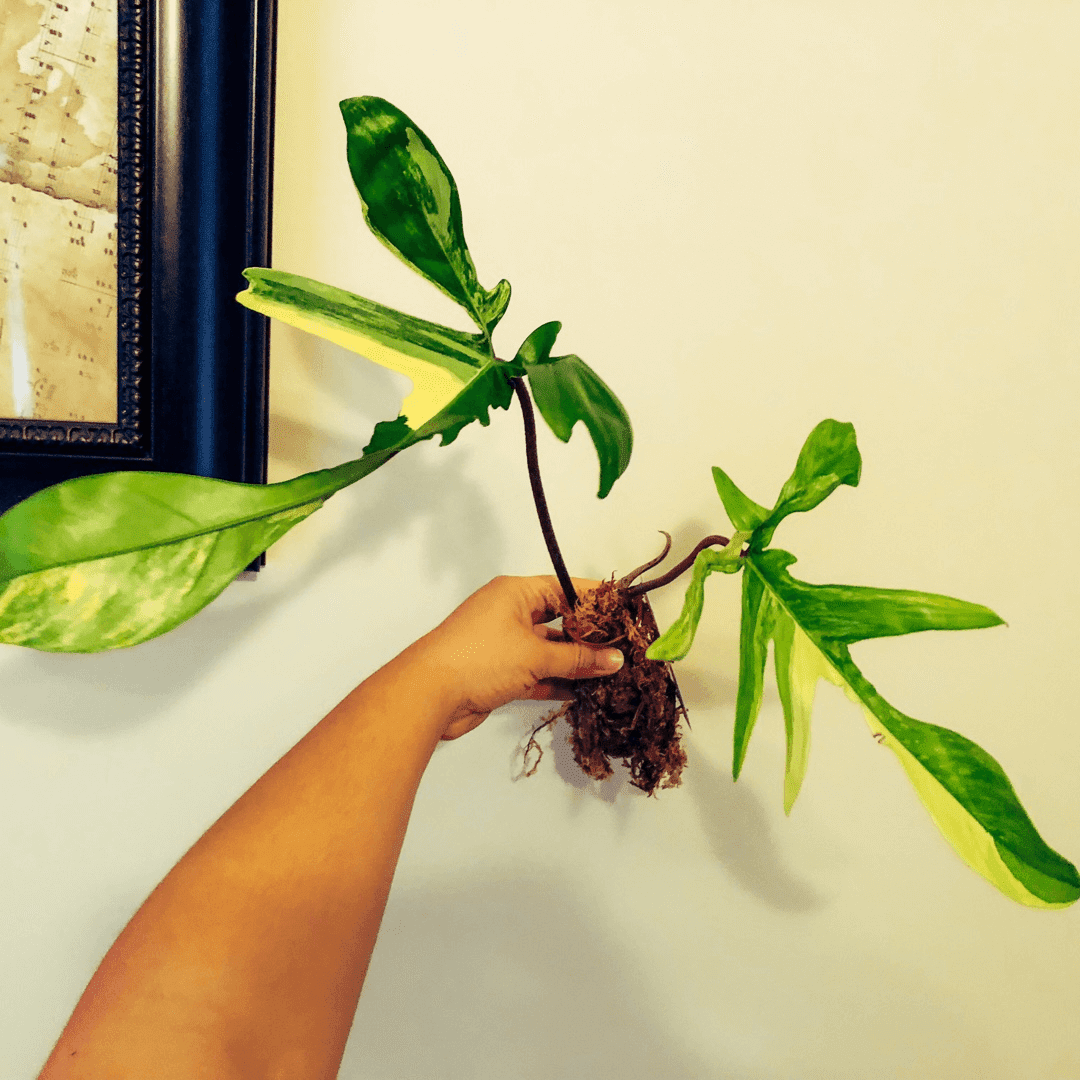
Image Source: Garden Tags
You can take a stem cutting, which is the result of a size control prune. It can be placed in a separate planter with aroid soil. They’ll grow fine if they have a root node or two.
Philodendron Squamiferum Seeds
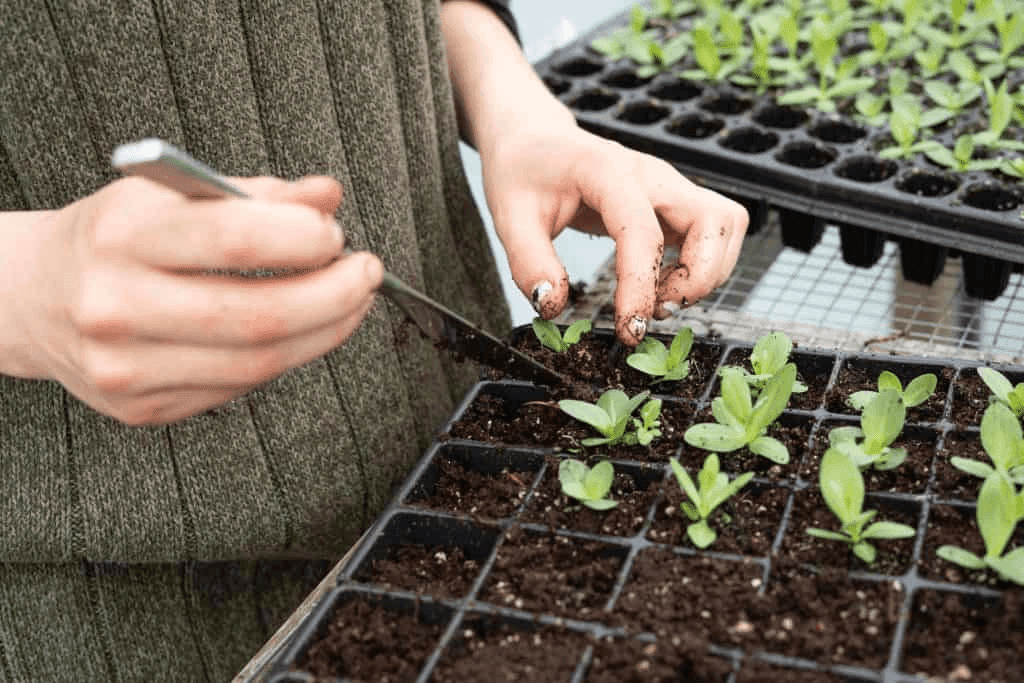
Image Source: Above and Beyond Gardening
The Philodendron squamiferum blooms during the warmer months of the year, primarily in spring. The plant produces lovely white flowers followed by pink berries containing seeds. These seeds will be used to propagate the plant.
Philodendron Squamiferum Cutting
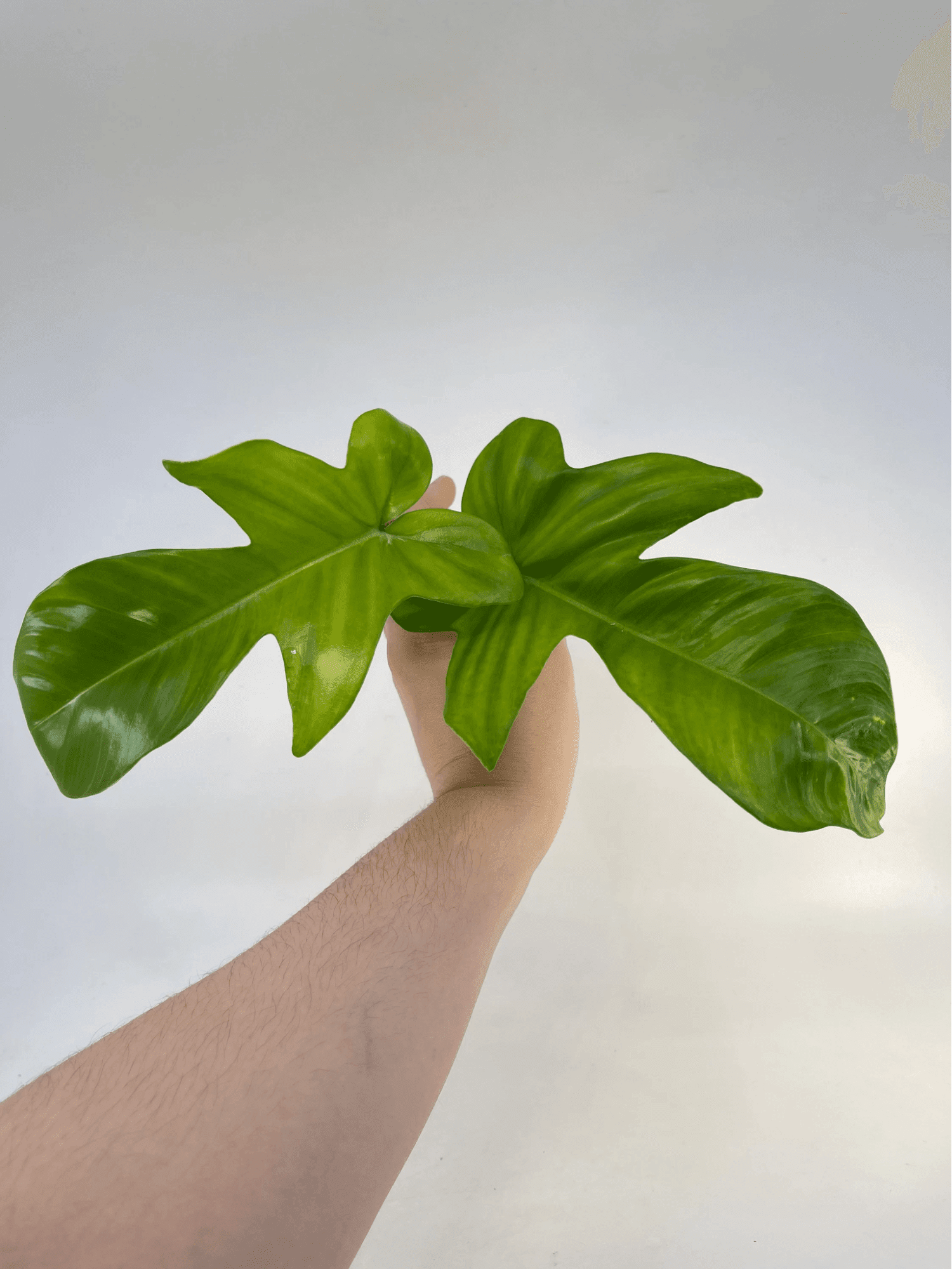
Image Source: Etsy
Stem cuttings planted directly in the soil are an easy way to propagate your plant. Locate a healthy section of your plant. Make a 3-inch long cutting with some visible nodes. Moisten the soil frequently. In about 2-3 weeks, you should notice new buds on the top leaves.
Philodendron Squamiferum Repot
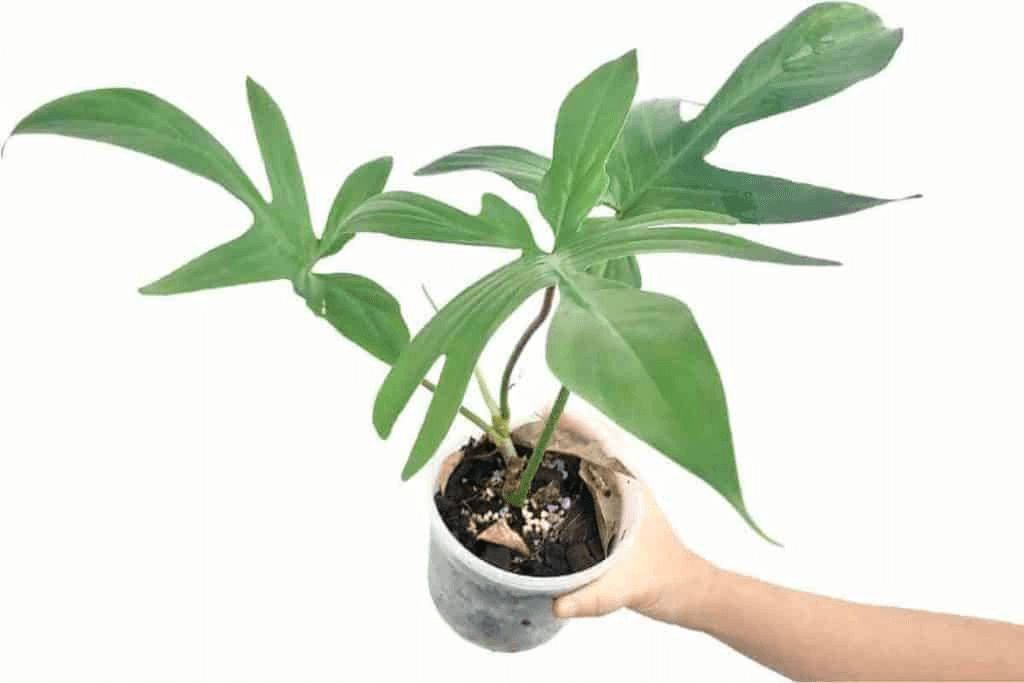
Image Source: Gardening Bank
You’ll usually know When you see roots lining the sides of the pot it’s time to repot. Growth has stopped or slowed. Repot it once a year or when it doubles in size, whichever comes first. It is best to replace old nutrient-deficient soil with the new well-draining ground.
Philodendron Squamiferum Care Problems & Tips
Philodendron care yellow leaves
The common cause of yellowing leaves in Philodendron plants is insufficient soil moisture, specifically overwatering. When the top 25% of the soil in the pot is dry, water your Philodendron. The soil should be damp but not wet.
Philodendron brown leaves
If the tops of your Hairy Philodendron begin to brown, it could be because it is receiving too much sunlight – or because your home isn’t humid enough.
Philodendron rot
Root rot, a plant disease, can be caused by overwatering, poor drainage, or soil fungi. The best way to prevent Philodendron Squamiferum root rot is to monitor how much you water it carefully.
How much is a philodendron squamiferum?
The philodendron squamiferum price ranges from $25 to $150. Unrooted cuttings will cost between $25 and $40, while rooted plants will cost around $40 or more. Some vendors charge as much as $160 to $250 for this plant.
Where to buy philodendron squamiferum?
The philodendron squamiferum for sale at a reasonable price at your community nursery or home improvement store. If one is not available, you can order one from Etsy.
Philodendron Squamiferum Care: In summary
Philodendron Squamiferum is a beautiful addition and a lovely decoration for your home. Home because of its thick, leathery, and attractive foliage. If you have the right conditions and follow our growing tips, you should have no trouble growing this Philodendron.
For more step-by-step ideas, diy tips and guides, kindly visit the website guyabouthome.com providing the best garden & home improvement tips.


